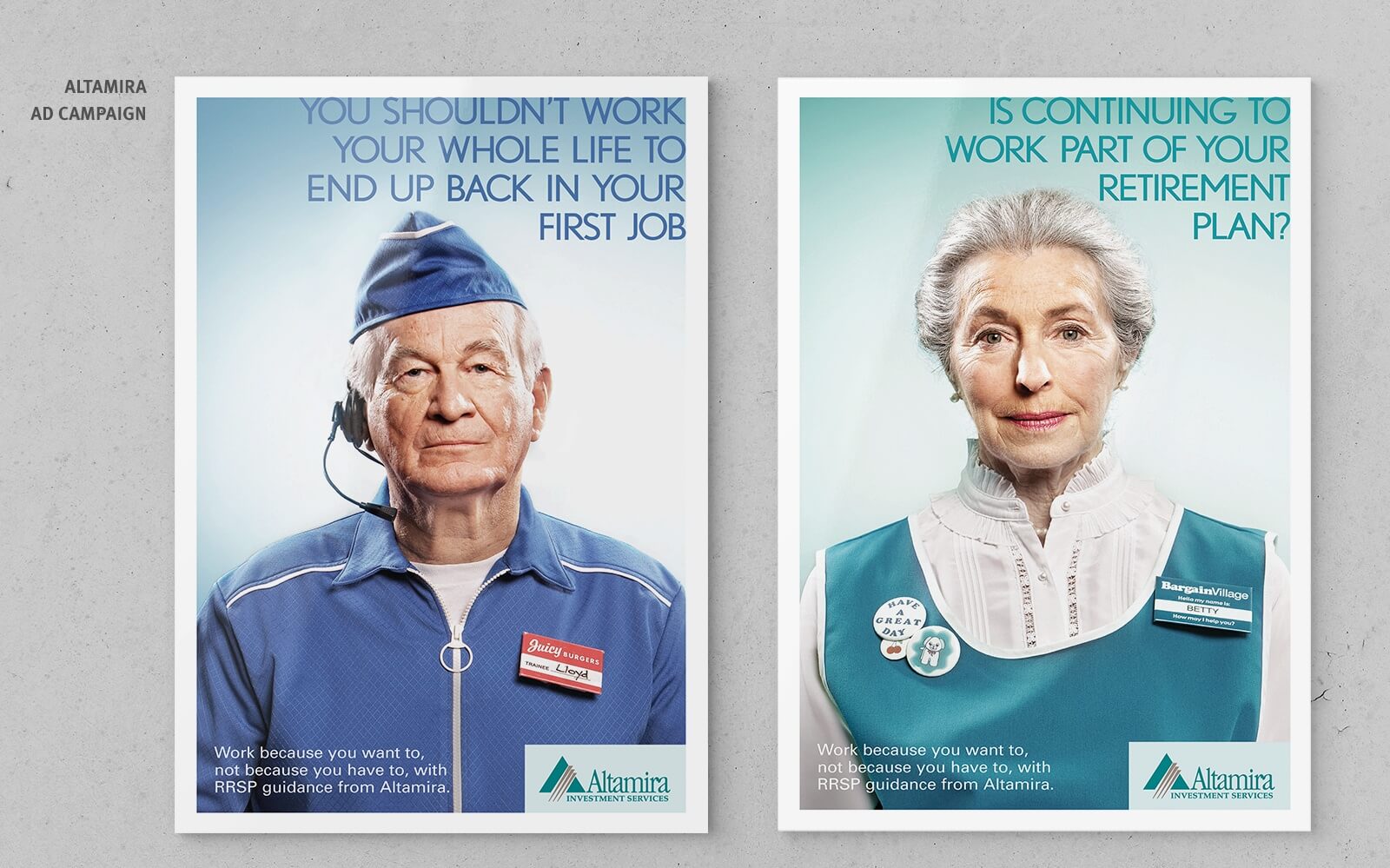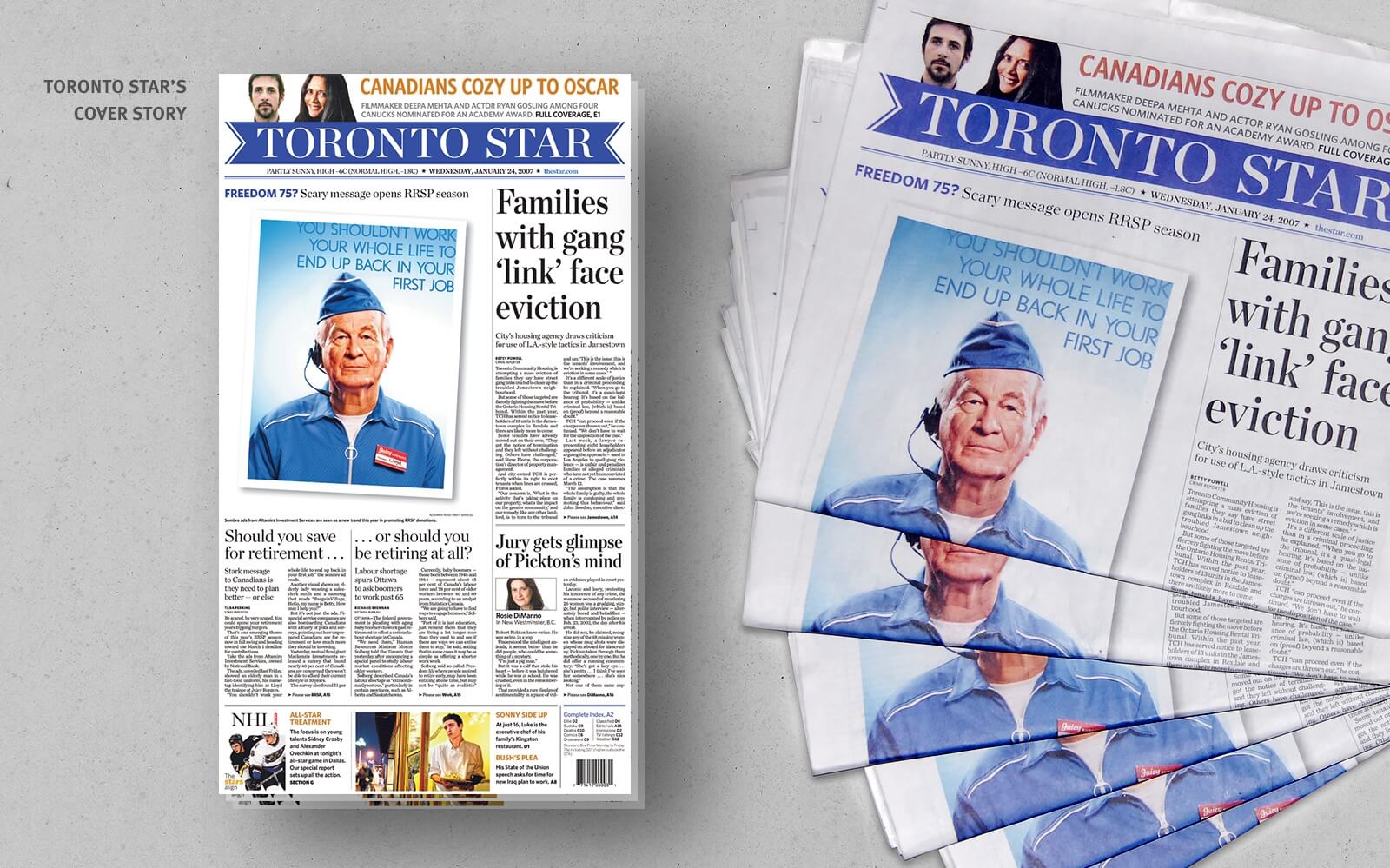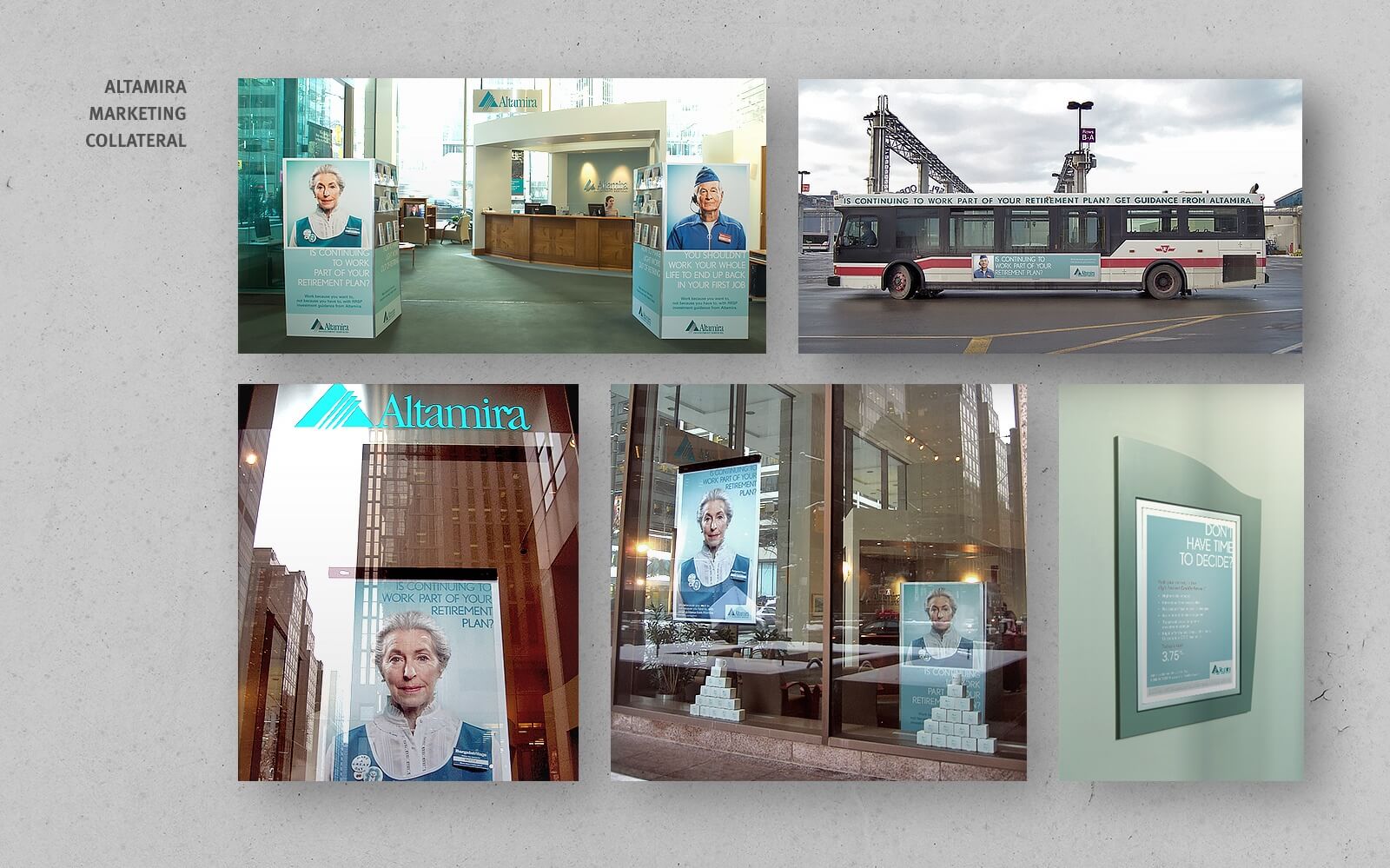There is no easier day to do something brave with your brand than today. It gets harder tomorrow, and even harder next year. If you just moved jobs, it’s easier now. If you’re in last place, it’s easier now. If you’re young, there is no greater opportunity to bet big on a breakthrough idea than right now. Let’s look at the argument for bravery now, in each of those three situations.
1. Hit the ground running.
As an experienced marketing professional, every new project is a new opportunity to act right away to make a difference for the brand. But that fearlessness is a mindset you need to bring forward right from the beginning. Waiting until after you’ve been in charge for a while – something that might appear to be a more reasoned approach – can actually clutter an otherwise clear instinct for action, and handicap your ability to build support for significant change with your brand in the future. If you truly believe the brand needs drastic action, others will argue, why would you wait so long to get your plan underway?
When Altamira was acquired by National Bank the brand was already in retreat. Redemptions were climbing and the brand had lost the direct sales model which had been its key point of difference.

The competition universally based their messaging around how comfortable retirement could be, with every competitive ad featuring happy, yacht-owning, golf-playing retirees. A courageous senior marketer was put in charge, who embraced Yield’s bold recommendation that we focus instead on the vast number of Canadians who were actually ill prepared for retirement.
United under the headline “You shouldn’t have to work your whole life to end up back in your first job” the campaign featured the unhappy outcome of not preparing for retirement – working as a greeter or a fry chef in your retirement years. The campaign became a social lightning rod for retirement preparedness, and despite no TV media spend, gained over $3 million in earned media – while halting redemptions and actually growing Altamira’s AUM 10%.
2. Goliath had everything to lose. David had nothing.
The David & Goliath story resonates to this day because it is a story of someone who wasn’t expected to win using a contrarian strategy to defeat an incumbent who was thought to be unassailable. Managers of “challenger brands” are in a similar position when their brand isn’t expected to perform significantly better, and they themselves aren’t under the same microscope a market leader faces.
As a challenger brand with a relatively small market share, you have little to lose adopting a contrarian strategy to make a difference. The downside is minimal, in that there isn’t far to fall from last place. The upside is that a brand with a 2% share that suddenly jumps to 4% gets to talk about 100% growth. The brand that has a 60% market share can’t do that, even with great ideas.
Challenger brands generally have an easier time getting internal alignment on a bold branding initiative. After 40 days of defeat, it wasn’t difficult for David to convince the Israelites to let him give the slingshot a try. When little progress is being made, new ideas are much more welcome.
As the old adage states, “What you’re doing now is creating the results you’re seeing now.” When you’re nowhere, it seems an obvious time to stop doing all the things that got you there. When you’re the market leader however, it’s kind of hard to convince the Board of Directors to stop doing all the things that got you to the top, and try something “better.” Being a change-maker can be pretty tough.
Legacy brands that are often dismissed as being “past their prime” are often perfect opportunities for exceptional performance. Bold new ideas propelled the severely-dated Old Spice brand from being your grandfather’s embarrassing choice to every young man’s secret weapon. A brave campaign for “Diamond Shreddies” used an unfathomably ridiculous 45 degree turn to put a wholesome and predictable cereal brand back on the radar of millions of younger consumers. The inertia on these bands must have been paralyzing. Certainly no one expected anything so revolutionary.
Much of the opportunity for challenger brands comes from the fact that – both within an organization and among a brand’s competitors – virtually nobody is paying attention to you. With all eyes on the market leader, and low expectations for David brands, there is a much greater likelihood of getting bold ideas approved and implemented, and generating successful results before anyone realizes you’ve put your strategy into play.
3. Young and Fearless.
To the average young marketer, being bold right from the beginning might seem counterintuitive. Logic would suggest you spend your early years learning the ropes, following process, and hoping to avoid screwing up. Mediocrity, here you come!
The truth is, earlier in your career you have the least to lose and the most to gain from adopting a fearless approach to marketing your brand. The sooner you make your bold moves, the longer your brand has to enjoy the benefits of the actions you take, and the longer your career has to reap the benefits of your reputation for doing it.
By comparison, as a Creative Director with over 25 years’ experience, I have to fight every day the impulse to think I already know better. I worry I have more to lose with a mistake. A senior brand manager with a family, a mortgage and an office with a washroom is much less likely to be comfortable wagering it all on a bet that could win big or lose everything. If you’re still living in your parent’s basement, hey kid, have at it!
Some of the world’s most popular new media brands came from exactly that background. Facebook, YouTube, Twitter and AirBnB were started by entrepreneurs who were too young and inexperienced to be discouraged by their own educated second-guessing. Failure would only mean having to start over with another idea. When you’re at “square one,” what’s the worst that could happen – square minus one?
Like making RRSP contributions when you’re young, it’s the early deposits that earn you the most interest over the years. Strong ideas earlier in your career will help you progress faster, get you poached by bigger organizations earlier, and set the stage for a reputation of fearless thinking and action.
Fearless, not foolish.
Fearless, of course, does not mean rash. Or random. Brand building will always be both an art and a science. And like writing a hit song, the science part has never managed to have all the answers. But that doesn’t mean bravery equals taking a wild guess.
There is no substitute for learning as much about your brand and its market and its competitors as you possibly can. Research at the strategy stage can uncover untapped insights that open up bold opportunities. And a fearless brand partner will help validate those opportunities and exploit their creative potential.
But action is required. And there’s no time like ten minutes ago!








